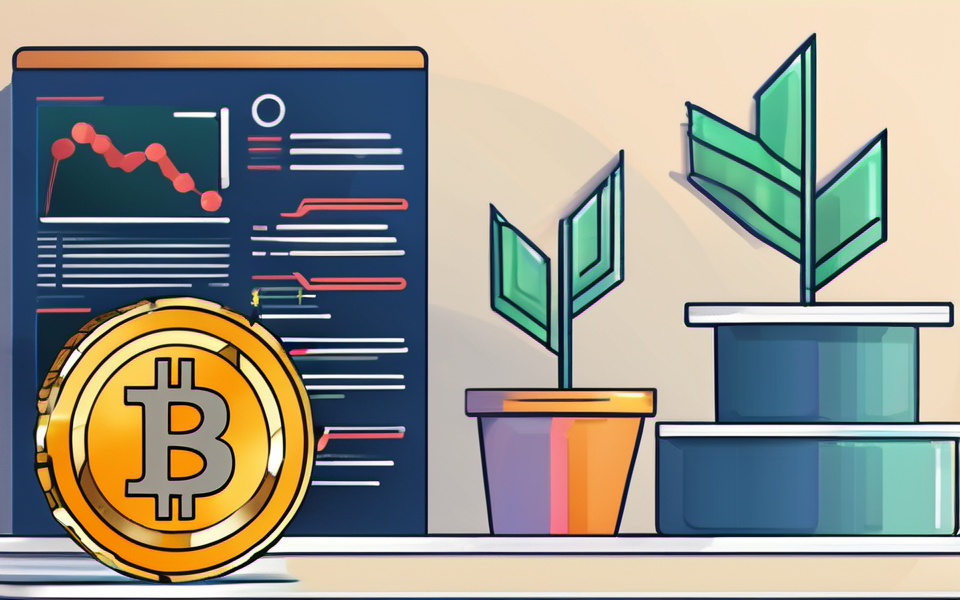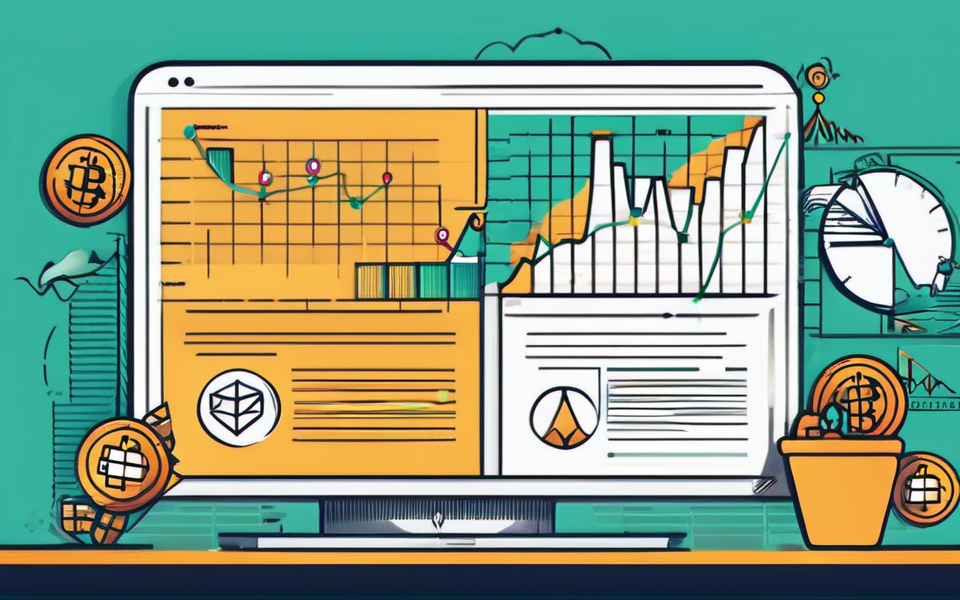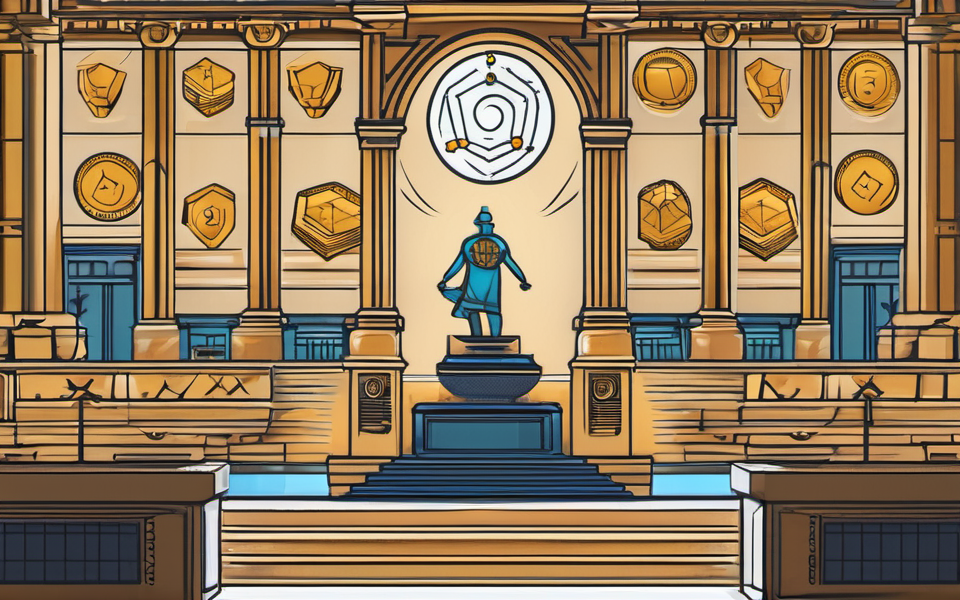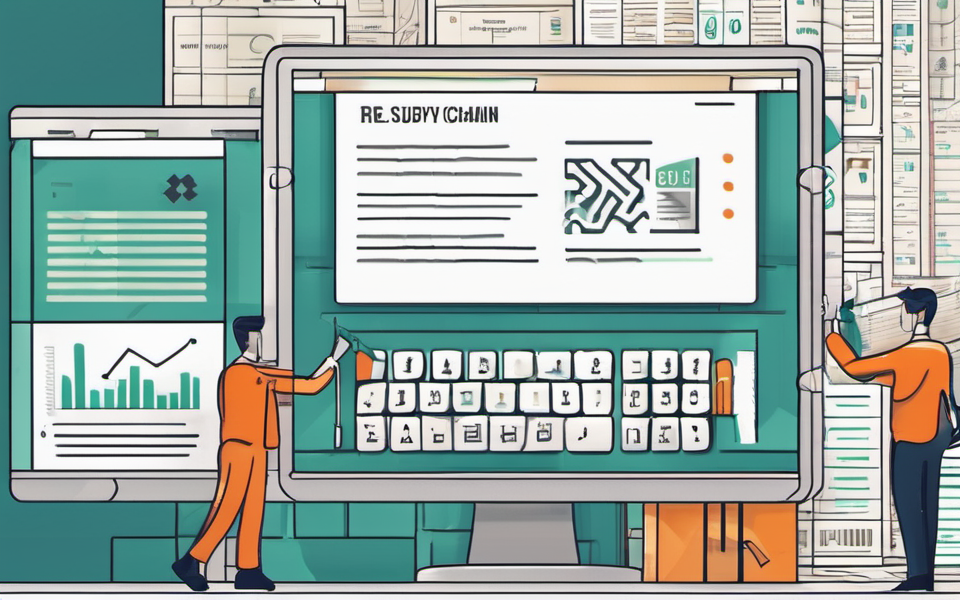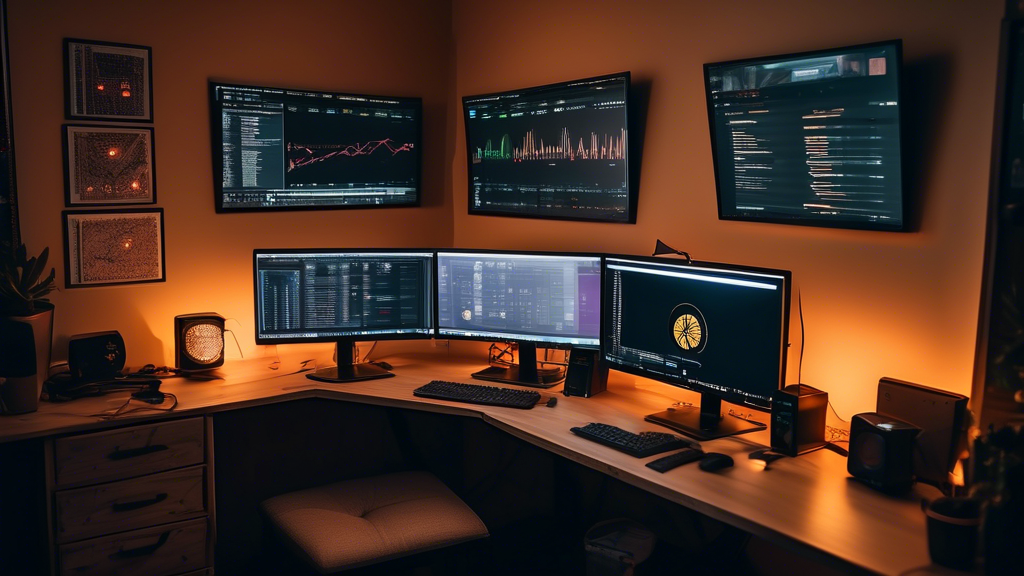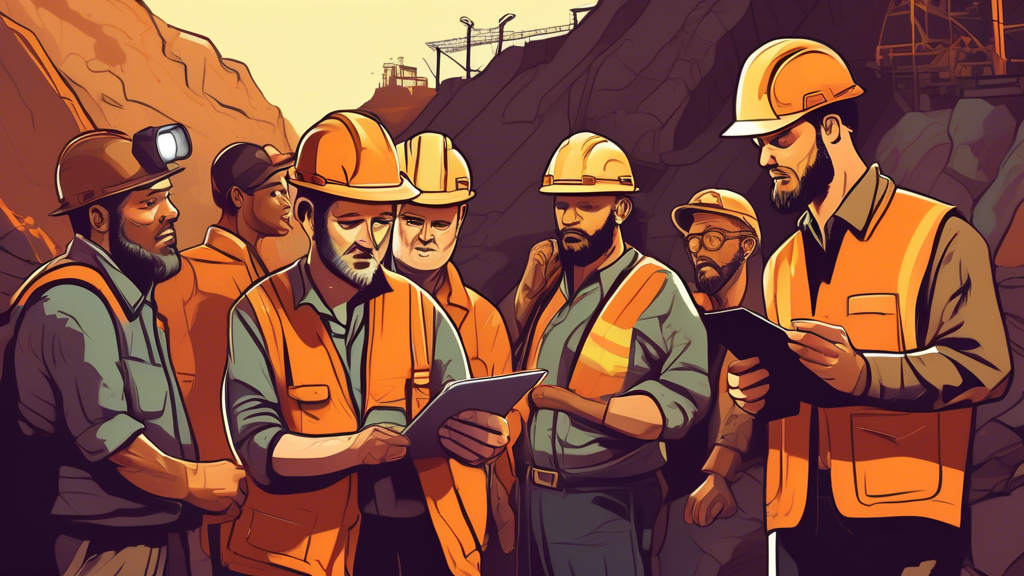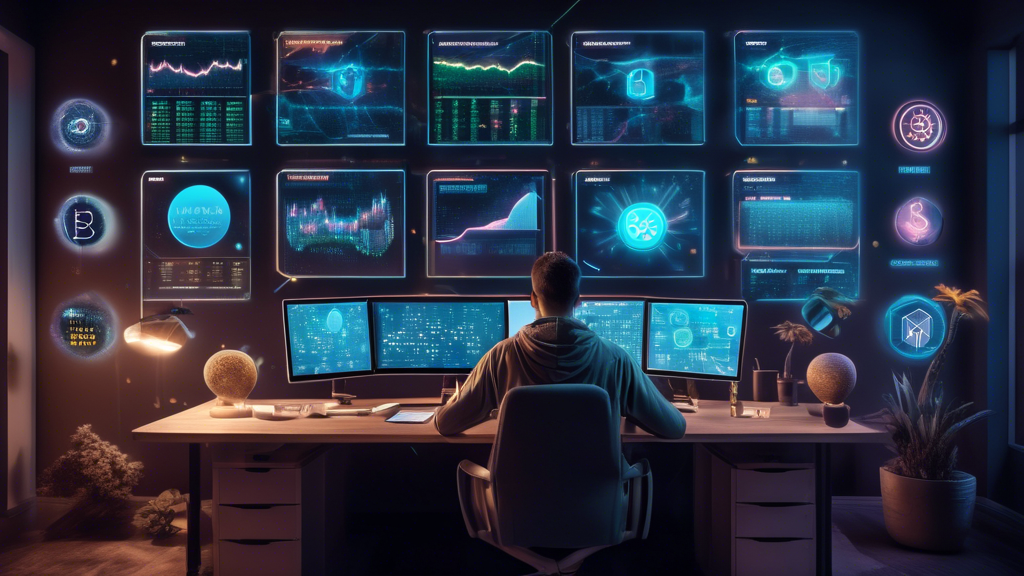Protecting Your Bitcoin from Scams and Hacks During the 2025 Crash
Learn how to protect your Bitcoin from scams and hacks during the potential 2025 crash. We'll cover essential security tips and strategies to safeguard your crypto investments.
Personal Experience and Journeys

April 2025 Crypto Rewards: Top Coins for Staking This Month
Discover the top crypto coins for staking in April 2025. Earn passive income and support blockchain networks with Solana, Cardano, Polkadot, Ethereum, and Tezos.
How Crypto Taught Me Patience and Long-Term Vision
Discover how the unpredictable world of cryptocurrency taught valuable life lessons about patience and long-term vision. Learn from real-world experiences and insights into navigating market volatility and achieving success in crypto investing.
Staking and Yield Farming in 2025: Let's Make Passive Income!
Unlock the secrets to generating passive income in 2025 with our comprehensive guide to staking and yield farming. Learn proven strategies, mitigate risks, and maximize your crypto returns!
The Unexpected Joy of Staking: My Passive Income Adventure
Unlock the secrets to earning passive income through cryptocurrency staking. Learn from a real-life journey, discover proven strategies, and maximize your returns with expert tips and tricks. Start your passive income adventure today!
Don’t Miss Out! Crypto Strategies I’m Loving in Early 2025
Uncover winning crypto strategies for early 2025. Learn from expert insights and actionable tips to navigate the crypto market and potentially boost your returns. Don't miss out!
Investment Strategies and Tips

Post-Crash Bitcoin Recovery: Identifying Opportunities in a 2025 Market
Explore potential Bitcoin recovery strategies and identify investment opportunities in a 2025 market. Learn how to navigate the crypto world after a crash and make informed decisions.
By Sarah Johnson • 5 hours ago
Risk Management in a Volatile Market: Surviving Bitcoin's Potential 2025 Downturn
By Michael Wong • 8 hours ago
The Importance of Cold Storage During a Bitcoin Market Downturn (2025)
By Michael Wong • 8 hours ago
Protecting Your Bitcoin from Scams and Hacks During the 2025 Crash
By Michael Wong • 8 hours ago
Stop-Loss Orders and More: Minimizing Losses During Bitcoin's Predicted 2025 Volatility
By Michael Wong • 8 hours ago

Understanding Market Cycles: Preparing for Bitcoin's 2025 Correction
Learn how to prepare for a potential Bitcoin correction in 2025. This guide covers market cycles, risk management strategies, and diversification techniques for navigating crypto volatility.

Buying the Dip: Capitalizing on Bitcoin's Potential 2025 Drop to $75k
Explore the potential for a Bitcoin price correction to $75,000 in 2025 and learn effective strategies to capitalize on this opportunity. Includes risk management and long-term investment approaches.
Budgeting and Saving with Crypto
Crypto Finance Case Studies
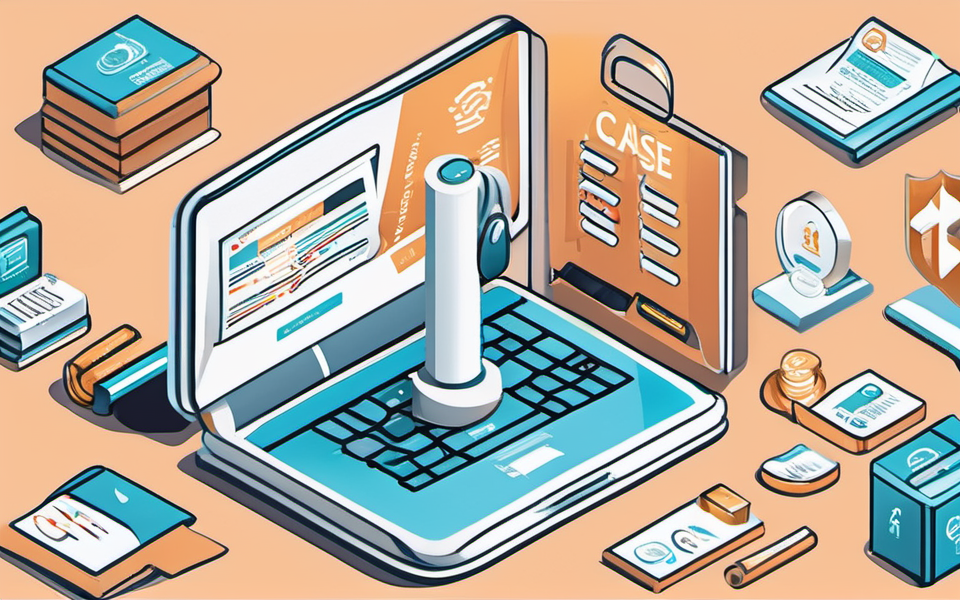
Case Study: Using Blockchain for Secure and Transparent Identity Management in Finance
You Think You Know Identity Verification? Think Again! 🤯 You know that feeling when you have to enter…
Mining and Staking
More News

Bitcoin's Adoption Rate and the 2025 Price Correction: A Deep Dive
Analyzing Bitcoin's adoption rate and predicting a potential price correction in 2025. A deep dive into market trends and future prospects.

Altcoin Opportunities During a Bitcoin Correction: 2025's Potential Winners
Uncover the top altcoin opportunities during a Bitcoin correction in 2025. Learn how to identify high-potential altcoins and mitigate risks for maximum returns. Expert insights and strategies for cryptocurrency investment success.

Bitcoin's Halving Cycle and the 2025 Crash: Is There a Connection?
Exploring the relationship between Bitcoin's halving cycle and potential market crashes, specifically the prediction of a 2025 crash. Is there a real connection or just speculation?

The $75k Floor: Identifying Support Levels During a 2025 Bitcoin Price Correction
Navigate a potential 2025 Bitcoin price correction with confidence. Identify the crucial $75,000 support level, learn technical analysis, and implement risk management strategies to protect your investment. Explore historical data and expert insights to make informed trading decisions.

Bitcoin Options and Futures: Advanced Strategies for the 2025 Market Downturn
Learn advanced strategies for Bitcoin options and futures trading to navigate the 2025 market downturn. Hedge your investments, predict dips, and maximize profits with this comprehensive guide.

Debunking Myths About Bitcoin Crashes: A 2025 Perspective
Debunking common myths surrounding Bitcoin crashes, offering insights and analysis from a 2025 perspective. Learn about market cycles, risk management, and the future of Bitcoin.

The Role of Regulation in Bitcoin's 2025 Price Movements
Speculating on Bitcoin's price in 2025? Let's explore how government regulations could impact its value and what the future might hold for this volatile cryptocurrency.

The Power of Staking: Earning Rewards While I Sleep
Learn how to earn passive income by staking your cryptocurrency. A beginner-friendly guide to understanding crypto staking and maximizing your rewards.

The Impact of Macroeconomic Factors on Bitcoin's 2025 Price
Analyzing the macroeconomic factors that could influence Bitcoin's price in 2025, including inflation, interest rates, economic growth, regulation, and technological advancements.
The Daily Newsletter
Get the latest news delivered to your inbox
Latest News
Most Read
Advertisement Space

















